The initial unpredictability of the order and the overall knowledge of how death picked up its targets made the first few entries of the “Final Destination” series as worthy as that of a well-crafted suspense thriller, which had a ticking time bomb set to go off at any moment.
It creates a dual tension – of the possibilities of an immediate death and the lack of an explanation as to who, how, or why. It is a metaphysical puzzle. And to top that, the audiences are also given a God-like perspective as they get to see the death trap being laid, which the characters themselves are not aware of.
But after the logic and the design of death is put forth, the game pretty much shifts to the unimaginably horrifying circumstances that can lead to gruesome and crushing fatality in airplanes, theme parks, expressways, shopping malls, barbeque parties, and cinema halls.
It now serves as a fulfilling guide to the sadistic pleasures of watching people get crushed under logs and sucked into swimming pools and the various little ways the dropping of a nail or a coin can snowball into a trap. And this approach is true for the new film as well. But in the new film, there is no puzzle as such, and the characters get easy access to all the resources they need to understand their situation.
In “Final Destination: Bloodlines,” the latest entry in the series, a young Iris (Brec Bassinger) uses her premonition to a larger benefit when she stops a crowd of people from meeting their ultimate fate in a newly opened Skywalk tower. But in doing so, she disrupts the cosmic to-do list of death, and as a result, the multiple lives that she saved are hunted down creatively one after the other.
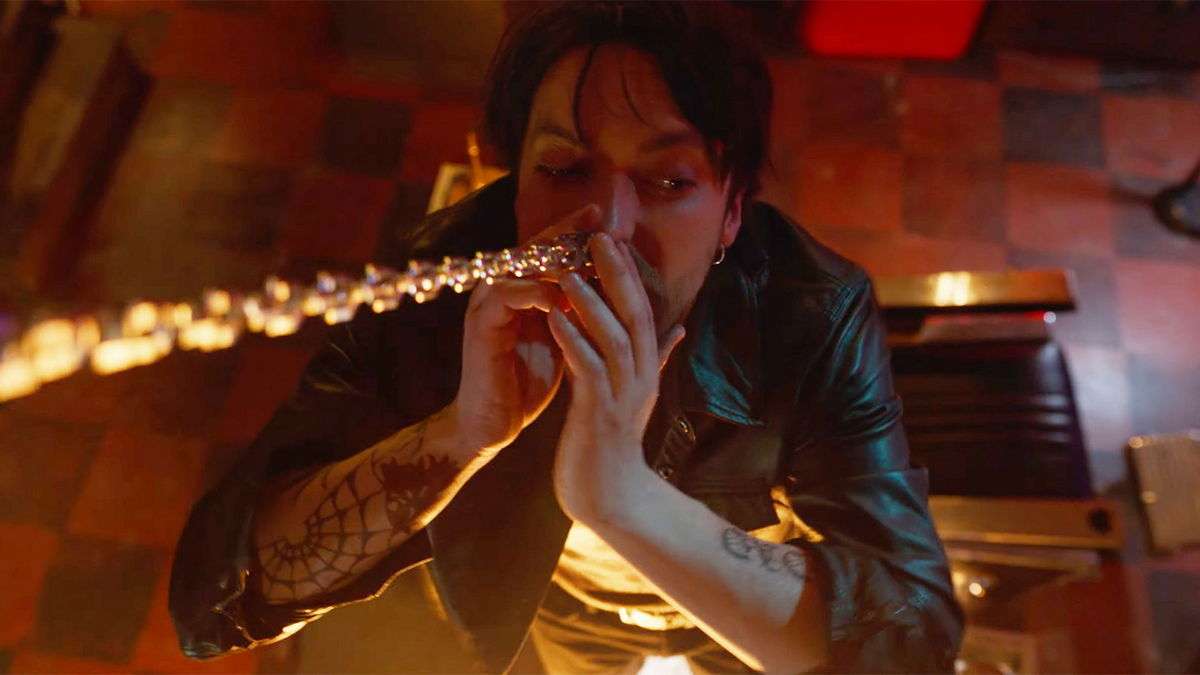
But these lives aren’t the focus of the new film here, but Iris’ family, which now includes multiple grandsons and granddaughters. A lot of time has passed by, and Iris is still alive, challenging death with every breath she takes. She lives in seclusion, fortifying herself in her small but well-guarded shelter.
However, things take a turn for the worse when her granddaughter, Stefani Reyes (Kaitlyn Santa Juana), approaches her after having multiple nightmares about the Skywalk incident—an event that never happened because Iris prevented it and even so, Stefani shouldn’t be dreaming about it at all because —she wasn’t even born yet.
In the new film, audiences who are already familiar with the functionality of the plot might only have the death sequences working in favor of their excitement. But out of the four or five death sequences in the new film, only the death caused by a garbage pick-up truck and the death in the hospital stand out as exciting.
It is new, intense, and graphic while also having a great build-up in contrast to the other quick-cut death sequences in the film. Also, the Skywalk tower tragedy is a calculatedly shot sequence, but somehow the overall fit for it appeals more to the lines of disaster films like “Independence Day” (1996) or “2012” (2009).
Apart from that, some amount of unpredictability of the order keeps up the pace of the film, but the rest of everything turns out to be as it should be, and as it always has been over the years. No new rules are introduced, nor is any vindictive strategy of death measured in comparison to the earlier films. If you are next in line for death, you have the option to kill a different person to extend your lifeline.
It is an idea that we only hear the characters discuss but never see materialize. “Final Destination: Bloodlines” had the opportunity to hold on to this strand and take the storytelling in a different direction, but it chooses to play the safe game by relying on the old, tried, and tested method of the previous films.
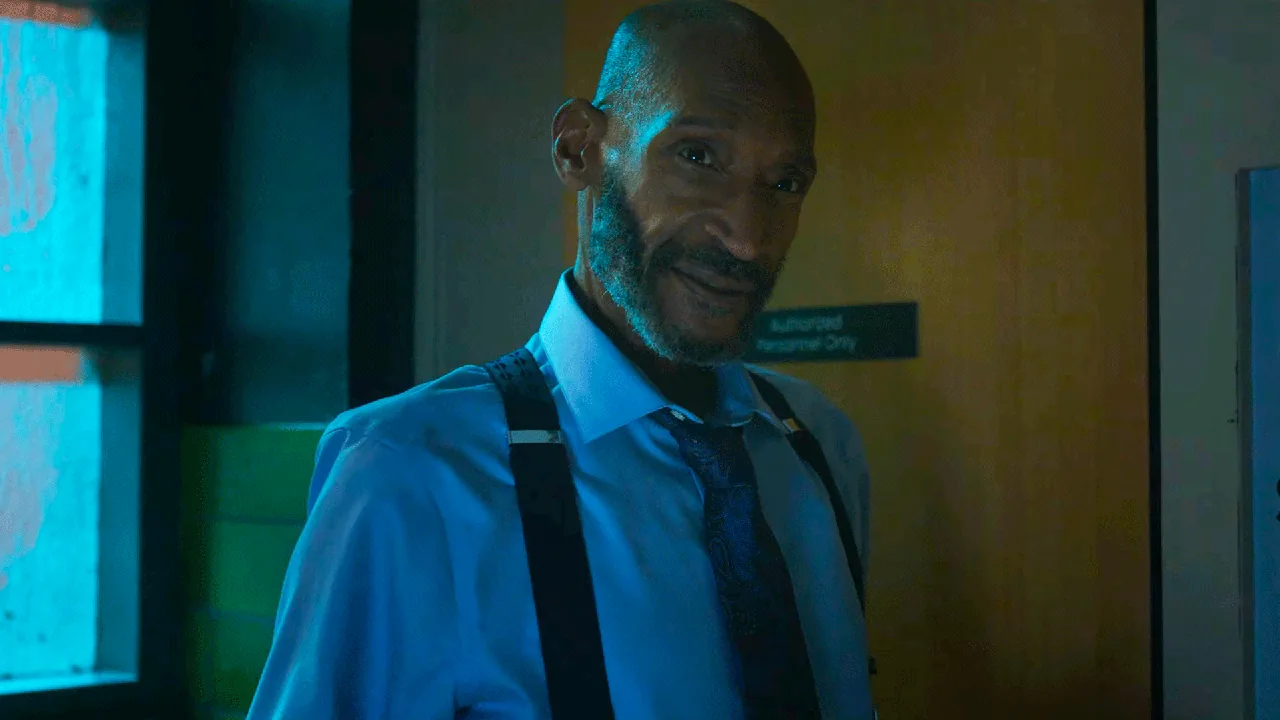
In fact, the new film serves as a broader backstory for the entire franchise. All the deaths in the previous instalments that we have witnessed so far are somehow connected to the people who have survived the Skywalk tower incident, and a research diary notes all of the deaths in order. So, “Final Destination: Bloodlines” functions both as a prequel and a reboot.
And that’s clearly by design—the new film prioritizes reintroducing the core concept to a fresh generation of viewers rather than catering to longtime fans. The last entry in the franchise was released way back in 2011, so building a new audience was long overdue for Warner Bros. As a result, faithful fans of the original series may find only a little more to take away other than a dose of nostalgia.
While the death sequences in the new film are as nasty and wicked, they fail to deliver the same heart-pounding impact that the first few films did. For example, the train derailment at the end of the film is a grand showcase of impressive visual effects, but it also makes the resulting deaths feel unrealistic and less possible in real time. It strips away the ‘this could happen to any of us’ relatability that made the death sequences in the previous films more convincing and hence scarier.
As a series, “Final Destination” has always thrived on the audience’s fear of—or anxieties around—death. But “Final Destination: Bloodlines” neither reinvents the aesthetics of death nor challenges the conventions set by its own precursors.
Instead, it repurposes them to feed a new set of viewers it hopes to inculcate. And the newest attempt to build a warm family drama arc feels uncalled for. It’s not for the heart that we watch “Final Destination”—it’s for the heartbeat we lose every time the tension snaps like a loaded mousetrap.
One of the most beloved modern horror franchises, “Final Destination,” returns to theatres on May 16, 2025, with its latest entry, “Final Destination: Bloodlines.

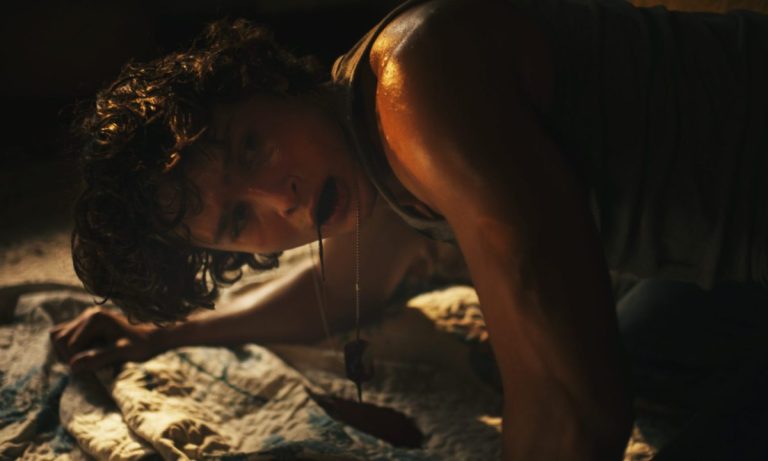
![Tabu [2012] – You grew in me like Poetry](https://79468c92.delivery.rocketcdn.me/wp-content/uploads/2019/12/Tabu-Ana-Moreira-768x557.jpg)
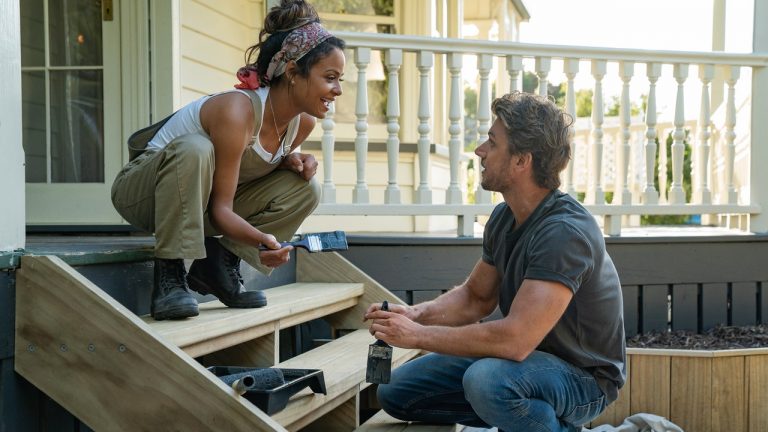
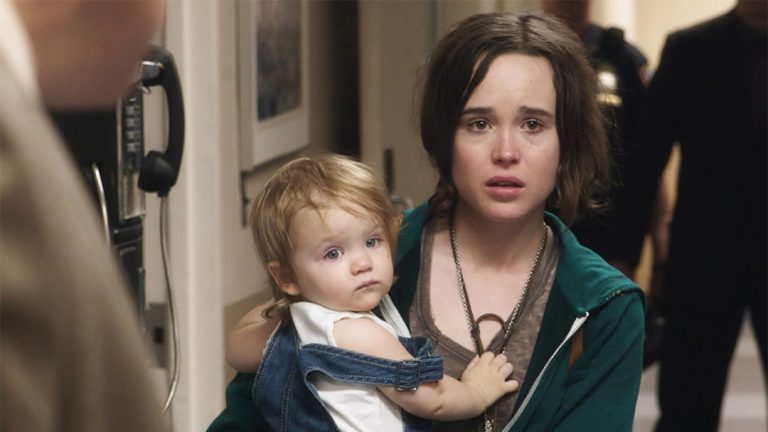
![Padatik [1973] Mubi Review – The Solitude of a Young Revolutionary](https://79468c92.delivery.rocketcdn.me/wp-content/uploads/2020/10/Padatik-1973-768x479.jpg)